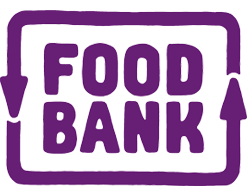Additives to Milk
Posted by: CAT17
16th Apr 2015 09:37pm
Leogayay
- 23rd Apr 2015 02:59pm
The milk we get now has no taste to real milk. The younger population probably wouldnt even know theyummy, creamy taste of real milk if it hit them in the face.Todays milk no matter the type tastes like a very watered down version of milk.The only thing, if it is kept in the fridge, it tastes nice and cold. They mainly use it to carry all the additives into our bodieS,' not the real ones that we used to get, synthetic ones.If you were to milk a cow and drink that cup of creamy , frothy, goodness you would know what i mean ,So drink up and remember the milk like it used to be
Help Caféstudy members by responding to their questions, or ask your own in Café Chat, and you will get the chance of earning extra rewards. Caféstudy will match these and donate equally to our two chosen Australian charities.



